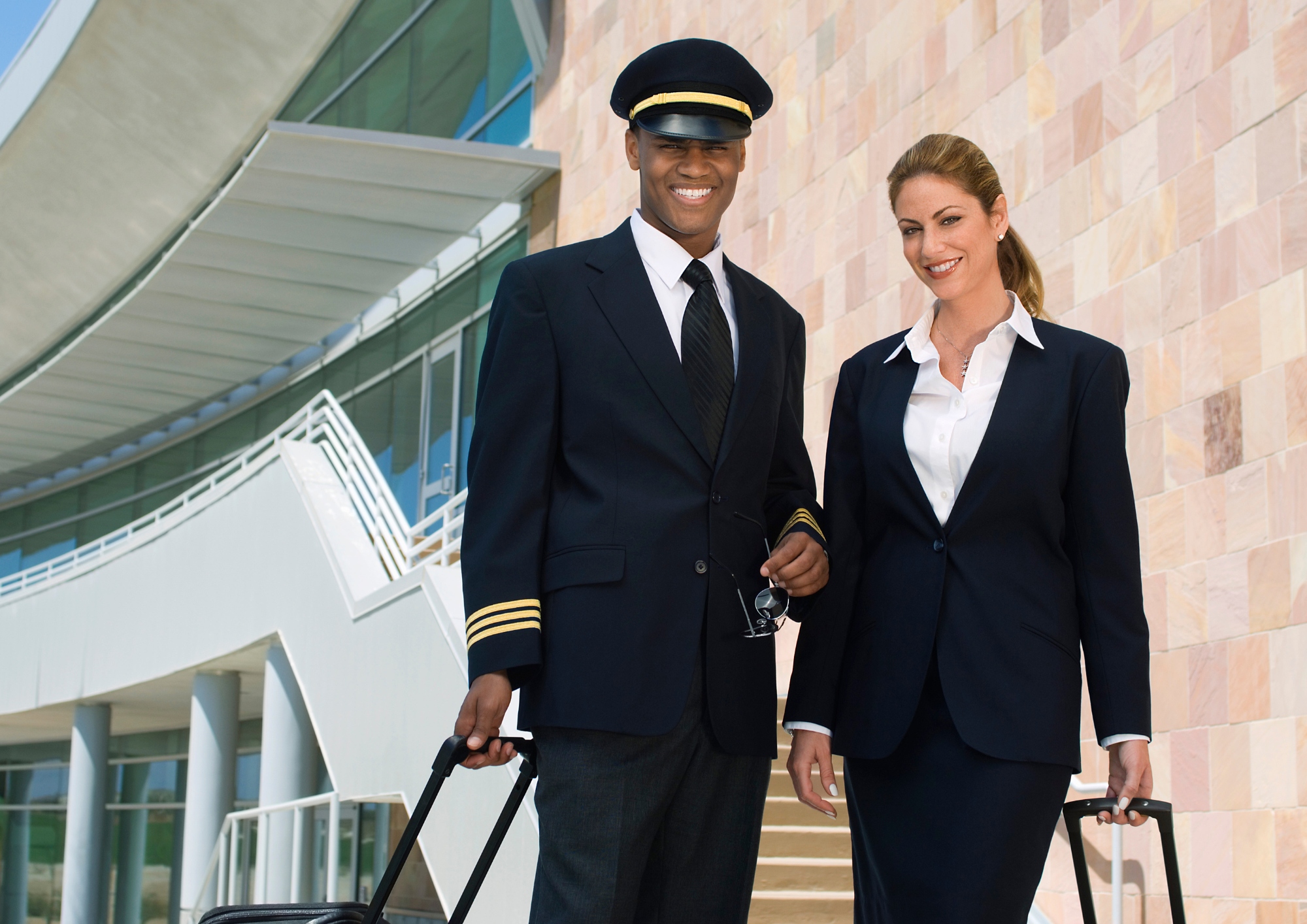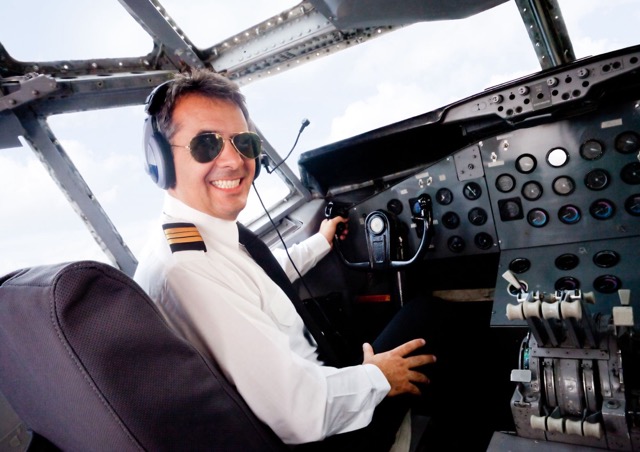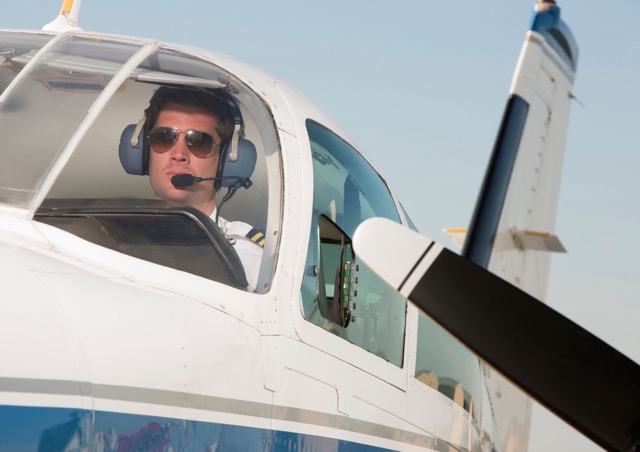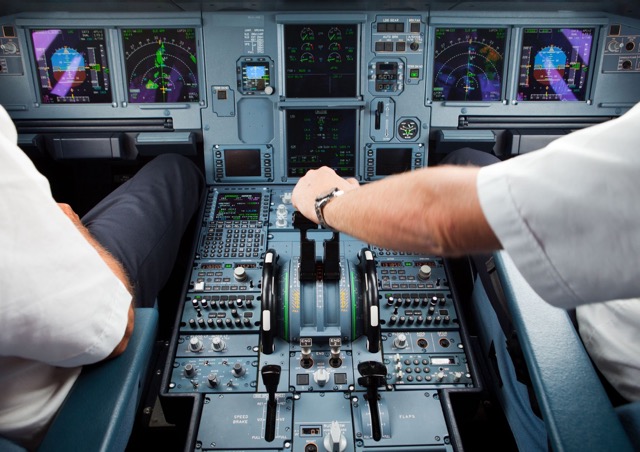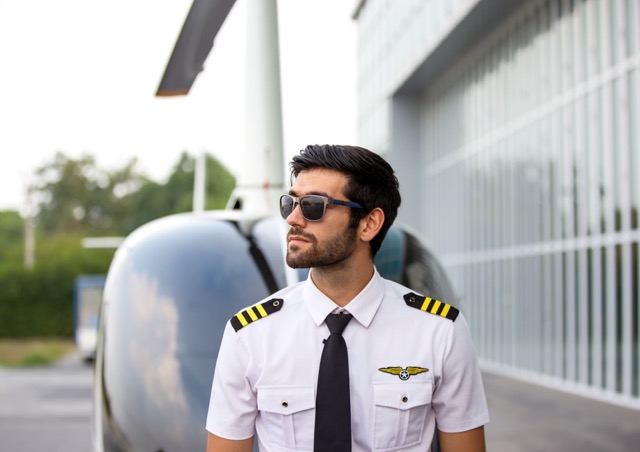A private jet pilot career stands among aviation’s most prestigious and rewarding paths. Private jet pilots take on high-level responsibilities, earn competitive salaries, and work with sophisticated aircraft technology. The path to become a private jet pilot demands dedication, specialized training, and a clear grasp of industry standards.
Success in this field begins with getting essential certifications and meeting strict requirements. Future pilots must complete detailed training programs that include Private Pilot Certificate, Instrument Rating, and Airline Transport Pilot License. This piece gets into each qualification step, advanced training needs, experience requirements, and professional growth opportunities needed to excel in private aviation.
Getting Started: Basic Requirements
Embarking on a private jet pilot career requires meeting specific prerequisites across multiple areas. Aspiring pilots must fulfill various requirements before beginning their training journey.
Age and medical requirements
The minimum age requirement to obtain a Private Pilot License (PPL) is 17 years. Candidates must undergo comprehensive medical examinations conducted by licensed medical examiners to assess their physical and mental fitness for flying. The FAA requires different classes of medical certificates based on the type of flying:
- First-Class Medical: Required for airline transport pilot privileges
- Second-Class Medical: Needed for commercial pilot operations
- Third-Class Medical: Sufficient for private pilot activities
Educational background
While a high school diploma represents the minimum educational requirement, pursuing higher education can provide significant advantages. A strong foundation in mathematics and physics proves beneficial for understanding aeronautical concepts. Many flight schools offer structured programs that combine academic learning with practical flight training. Local flight schools typically provide the most cost-effective approach to earning pilot credentials.
English language proficiency
Aviation authorities mandate strict English language requirements for all pilots. Candidates must demonstrate proficiency in:
- Speaking and understanding radiotelephony communications
- Communicating effectively in voice-only situations
- Handling linguistic challenges during routine work situations
- Using appropriate communicative strategies
The language proficiency endorsement indicates the pilot’s competency level and requires periodic reevaluation based on the demonstrated proficiency level.
Financial considerations
The investment required for becoming a private jet pilot is substantial. The complete Zero Time to Airline program costs $105,000 for candidates with no prior experience, while those with a private pilot certificate can expect to invest $83,000. These costs typically include:
- Ground school and flight hours
- Test fees and examination costs
- Required textbooks and materials
- Additional pilot gear and supplies
Most students finance their training through educational loans, with many utilizing Sallie Mae for the Zero Time to Airline program. Written exam fees average around $150, though costs vary by location and exam type.
Core Pilot Certifications
Becoming a private jet pilot requires multiple certifications that build on each other. Pilots must master each level to gain expertise and take on greater responsibilities in aviation.

Private Pilot License (PPL)
The Private Pilot License is the first certification needed to become a jet pilot. Aspiring pilots must log minimum of 40 hours of flight time. This requirement includes 20 hours of flight training with an authorized instructor and 10 hours of solo flight. The training includes cross-country navigation, night operations, and essential aircraft handling skills.


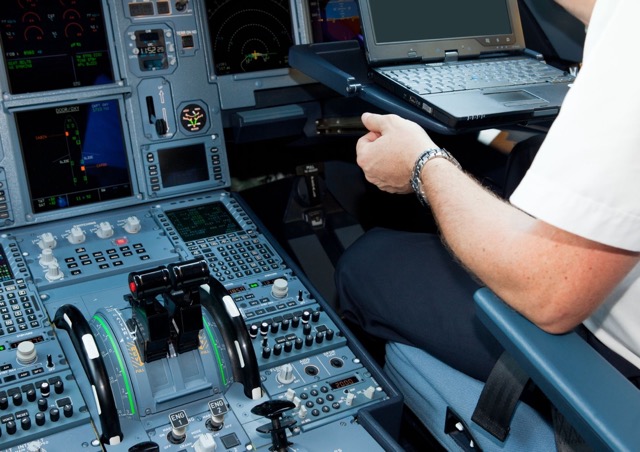
Instrument Rating (IR)
Pilots who earn their PPL need an Instrument Rating to fly aircraft in all weather conditions. The rating demands 40 hours of actual or simulated instrument time. Pilots learn to fly using instruments alone, which helps them direct aircraft safely through clouds and challenging weather.

Commercial Pilot License (CPL)
A Commercial Pilot License represents your entry into professional aviation and lets you earn money as a pilot. The license requires:
- 250 hours of total flight time
- 100 hours in powered aircraft
- 50 hours in airplanes
- 100 hours as pilot-in-command
- 50 hours of cross-country flight time
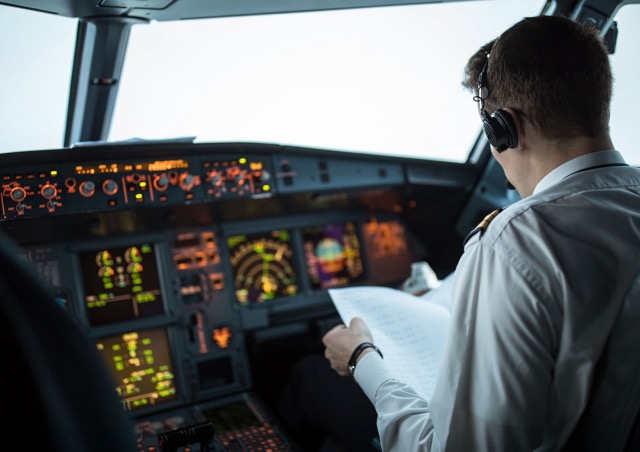

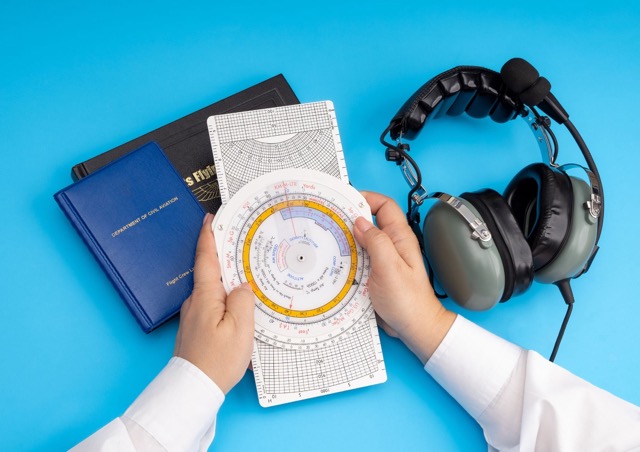
Multi-Engine Rating
The Multi-Engine Rating is a vital step for pilots aspiring to fly private jets. Pilots need to demonstrate their proficiency in managing multiple engines and handling emergency procedures without meeting specific minimum hour requirements. The training completes in about two weeks with 7-15 hours of flight time.
Airline Transport Pilot License (ATPL)
The ATP License stands as the highest certification level a pilot can achieve. Here are the key requirements:
| Requirement Type | Minimum Hours |
|---|---|
| Total Flight Time | 1,500 hours |
| Cross-country | 500 hours |
| Night Flight | 100 hours |
| Instrument Time | 75 hours |
| PIC Time | 250 hours |
Pilots can also take different paths through the Restricted ATP (R-ATP) program. Aviation bachelor’s degree graduates need 1,000 hours, while aviation associate degree holders must complete 1,250 hours.
Pilots advance through each certification level over several years. They need to pass written exams and practical tests at each stage. This journey helps them build valuable experience before they move on to handle more complex aircraft and operations.
Advanced Training for Private Jets
Private jet pilots just need specialized skills and certifications beyond basic pilot qualifications for advanced training. Their detailed training will give them the ability to handle sophisticated aircraft systems and manage complex operations safely.
Type ratings for specific aircraft
Pilots need a type rating certification when flying aircraft that weigh more than 12,500 pounds or any turbine-powered aircraft. These ratings are unique to specific aircraft makes and models. Pilots must prove their competency in several areas:
| Training Component | Description |
|---|---|
| Ground School | Aircraft systems and operations |
| Simulator Training | Aircraft-specific handling |
| Emergency Procedures | Model-specific protocols |
| Practical Test | Full-motion simulator evaluation |
Pilots must complete their type rating checkride according to airline transport pilot standards. The standards require them to control approach speeds between plus-10 and minus-zero knots and maintain altitude within ±100 feet.
Simulator training
Simulator training plays a significant role in advanced jet pilot preparation. Modern simulators feature actual aircraft components and wrap-around visual displays that create maximum realism. Benefits include:
- Safe practice of emergency scenarios
- Affordable training environment
- Knowing how to pause and analyze situations
- A chance to experience rare emergency conditions
SIMCOM and other training providers deliver specialized courses, including Upset Prevention and Recovery Training (UPRT), which enhance pilot proficiency and safety awareness.
Emergency procedures
Emergency training includes complete protocols for scenarios of all types. Private jet pilots need to become skilled at procedures for:
- Aircraft fires and smoke management
- Rapid decompression scenarios
- Emergency descents and landings
- Systems malfunctions and failures
- Door opening incidents during flight
The Emergency Vision Assurance System (EVAS) training plays a crucial role because pilots can maintain instrument visibility when smoke fills the cockpit. Companies invest heavily in emergency preparedness, and NetJets spends over $100 million annually on crew member training.
Crew coordination
Crew resource management (CRM) is the life-blood of private jet operations. Pilots need to excel in several key areas:
- Regular communication with cabin crew members
- Precise task delegation among team members
- Constant monitoring of situational awareness
- Strong yet professional assertiveness
Research indicates that proper coordination between cockpit and cabin crews plays a significant role in regular flights and emergencies. The training programs highlight how clear and direct communication helps crews perform better, particularly during critical flight phases.
International operations
Flying across international borders demands specialized certifications and expertise. Pilots must obtain several crucial qualifications:
- ADS-B Pilot Certification for international operations
- RVSM (Reduced Vertical Separation Minimum) certification
- Oceanic RNP (Required Navigation Performance) qualification
- NAT HLA (North Atlantic High Level Airspace) authorization
These certifications allow pilots to work in international airspaces while meeting local regulations. The training program covers requirements specific to global regions and airspace classifications. This comprehensive preparation helps pilots direct complex international flights with confidence.
Building Experience and Networking
A successful career as a private jet pilot depends on building experience and professional relationships. Pilots must find different ways to build their flight hours and develop connections within the aviation community.

Flight instructing
Flight instruction is the most available way to build your original flight experience. Certified flight instructors typically log 30-100 flight hours per month. This career path comes with several key benefits:
- Regular flying opportunities
- Advanced teaching skill development
- Year-round work possibilities
- Better mastery of aviation basics
New certified instructors can find well-laid-out employment opportunities at many flight schools that help them transition smoothly from training to professional work.
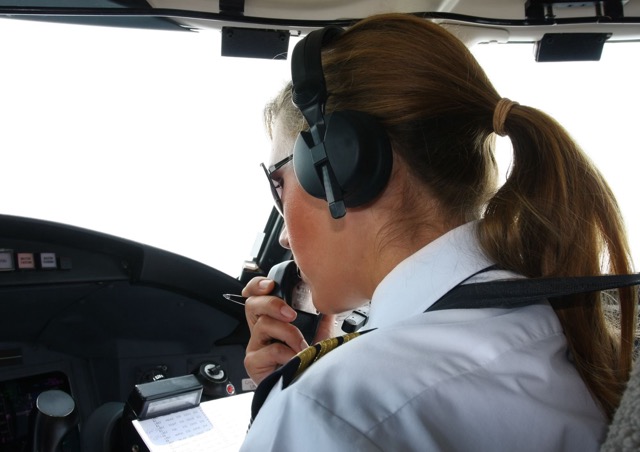

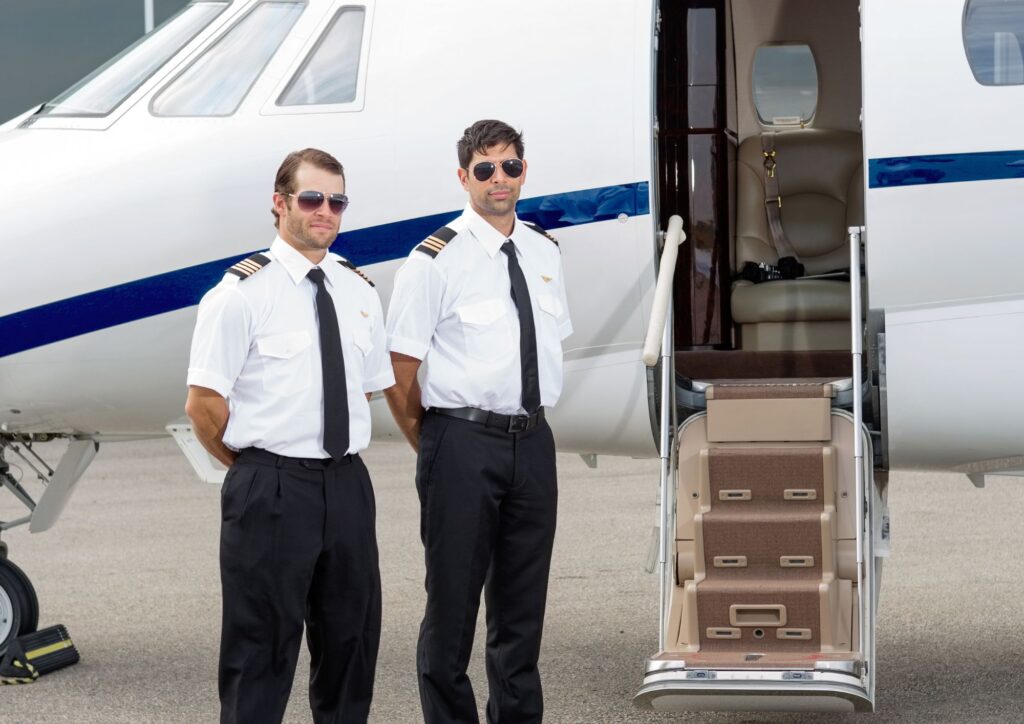
Charter operations
Charter operations under 14 CFR Part 135 regulations offer pilots an unmatched experience in private aviation. These positions have specific requirements:
| Requirement | Details |
|---|---|
| Minimum Experience | [500-1,500 flight hours](https://www.flyaeroguard.com/learn/how-to-become-a-pilot/building-flight-experience/) |
| Monthly Flight Time | 15-100 hours |
| Certifications | Commercial pilot certificate & type ratings |
Charter pilots interact extensively with passengers and need excellent customer service skills with operational flexibility. They can specialize in specific aircraft families like the Cessna Citation series, which makes them more marketable.

Corporate flying
Corporate aviation just needs exceptional professionalism and specialized skills. A successful career in this sector depends on several key factors:
- VIP passengers require strong interpersonal abilities
- High-stakes environments call for professional conduct
- On-demand operations need operational flexibility
- The industry thrives on extensive professional networks
A corporate pilot role typically requires 1,500 flight hours, though employers have varying requirements. Professional connections often lead to job opportunities more than traditional job postings.



Joining professional organizations
Professional organizations are a significant part of career advancement. The National Business Aviation Association (NBAA) provides its members:
- Industry networking opportunities
- Access to best-practices guides
- Regulatory compliance information
- Professional development resources
- Scholarship opportunities
These organizations aid in creating valuable connections within the aviation community that often lead to career opportunities through referrals and recommendations.

Continuing education
Career growth depends heavily on continuous learning. Pilots need to focus on:
- Post-certification training:
- Type-specific qualifications
- Advanced weather operations
- Emergency procedure updates
- International operations certification
- Professional development:
- Regular skill checks
- Adapting to new technology
- Safety protocol updates
- Meeting regulatory requirements
Pilots must stay proficient and keep up with changing industry standards through continuous education. Most pilots take specialized training every 24 months that combines regulatory requirements with skill improvements.
Aviation professionals thrive on authentic connections and relationships. Successful networking happens at industry events, professional forums, and through real connections with colleagues. Building relationships should focus on mutual support and professional growth instead of just career advancement.

Conclusion
A career as a private jet pilot needs dedication and follows a well-laid-out progression of certifications, training, and experience. Professional pilots must become skilled at several qualification levels. They start with their original private pilot certification and move through instrument rating and commercial licensing. They end up achieving airline transport pilot status. This detailed path requires significant financial investment, strict medical standards, and steadfast dedication to safety and operational excellence.
Private aviation success goes beyond technical skills. Pilots need advanced type ratings, emergency preparedness, and crew resource management abilities. They build their careers through different paths like flight instruction, charter operations, and corporate flying. They also maintain strong professional networks and continue their education. These elements create skilled aviators who can handle the sophisticated needs of modern private jet operations.

